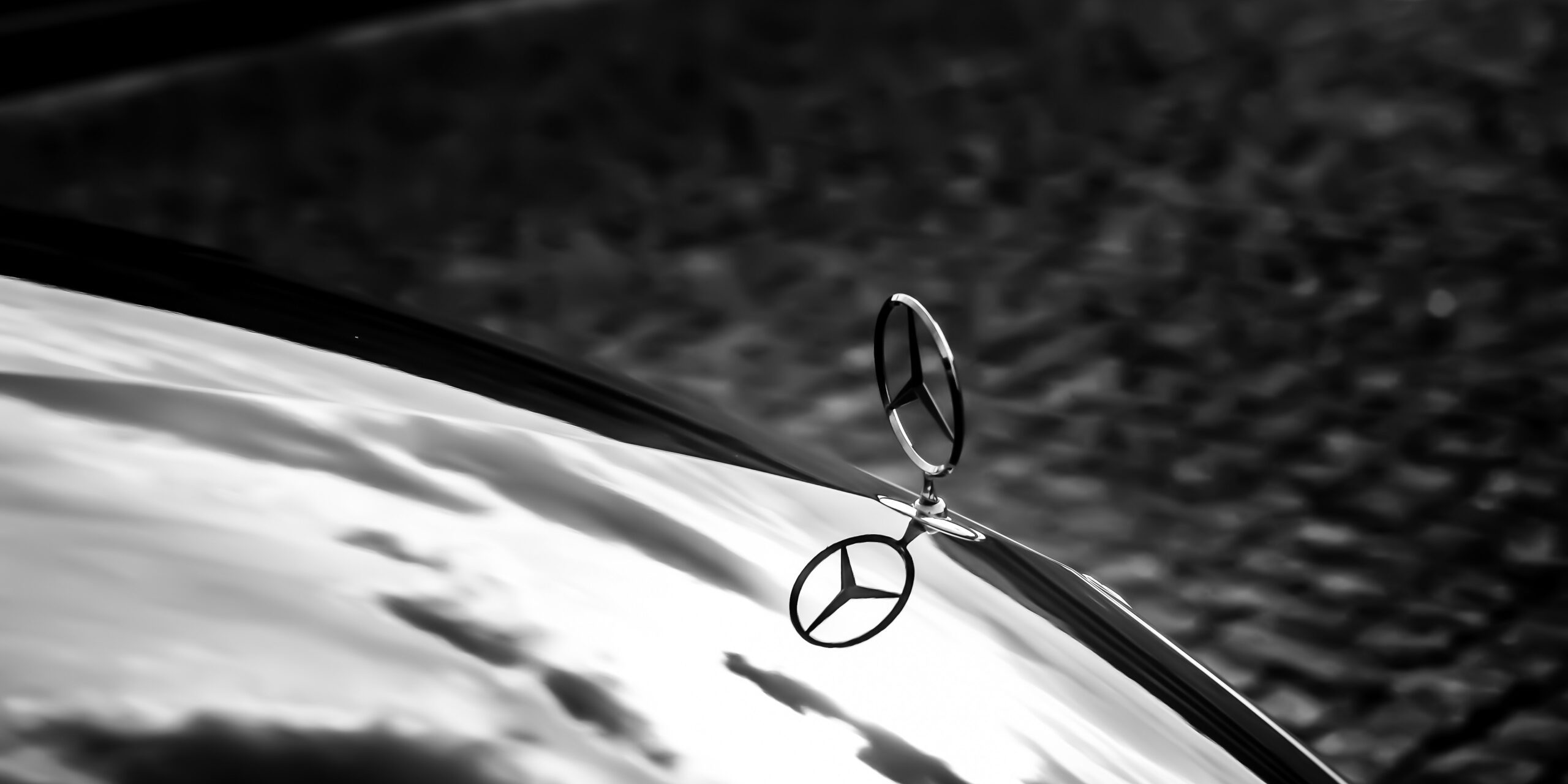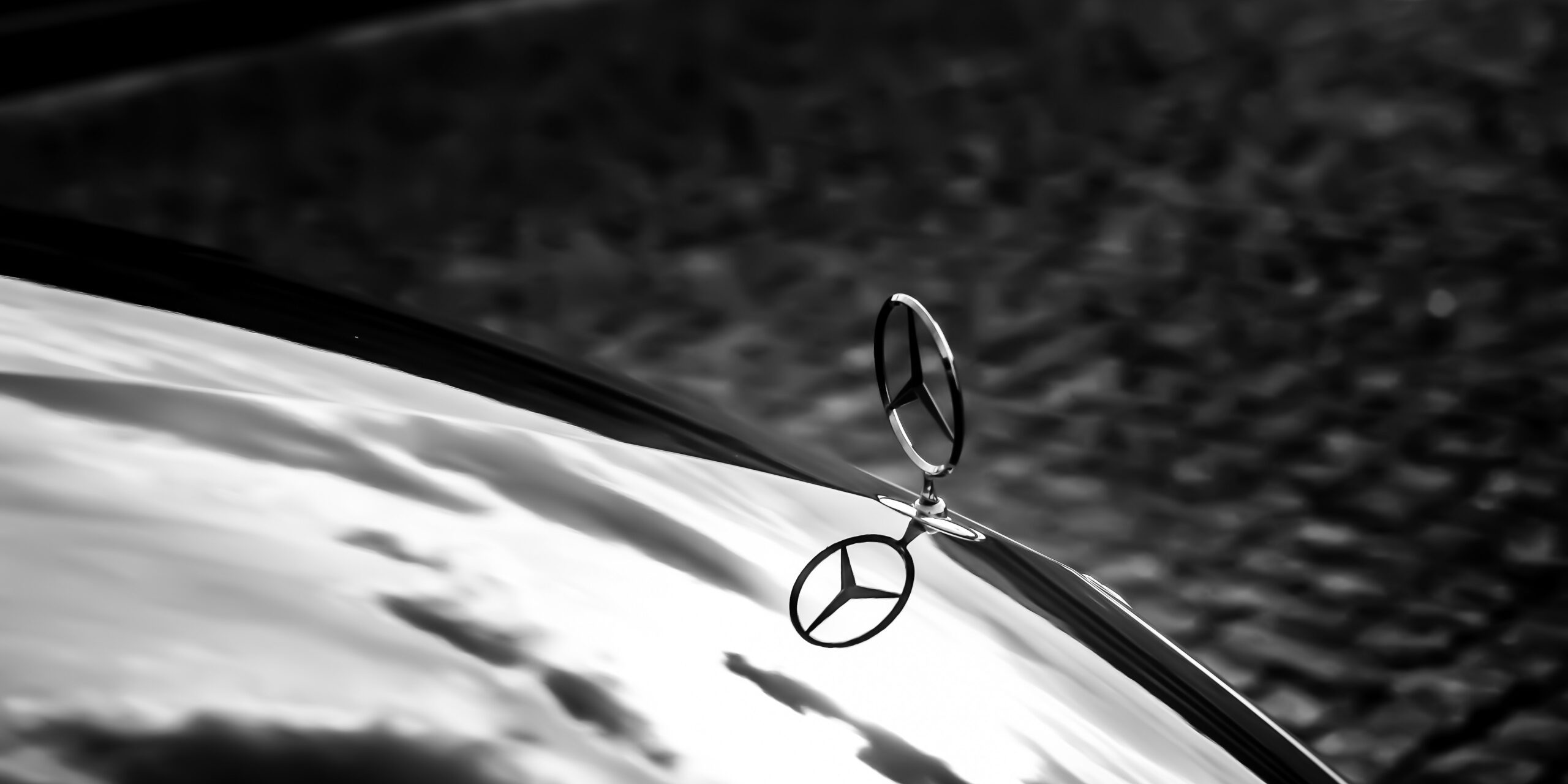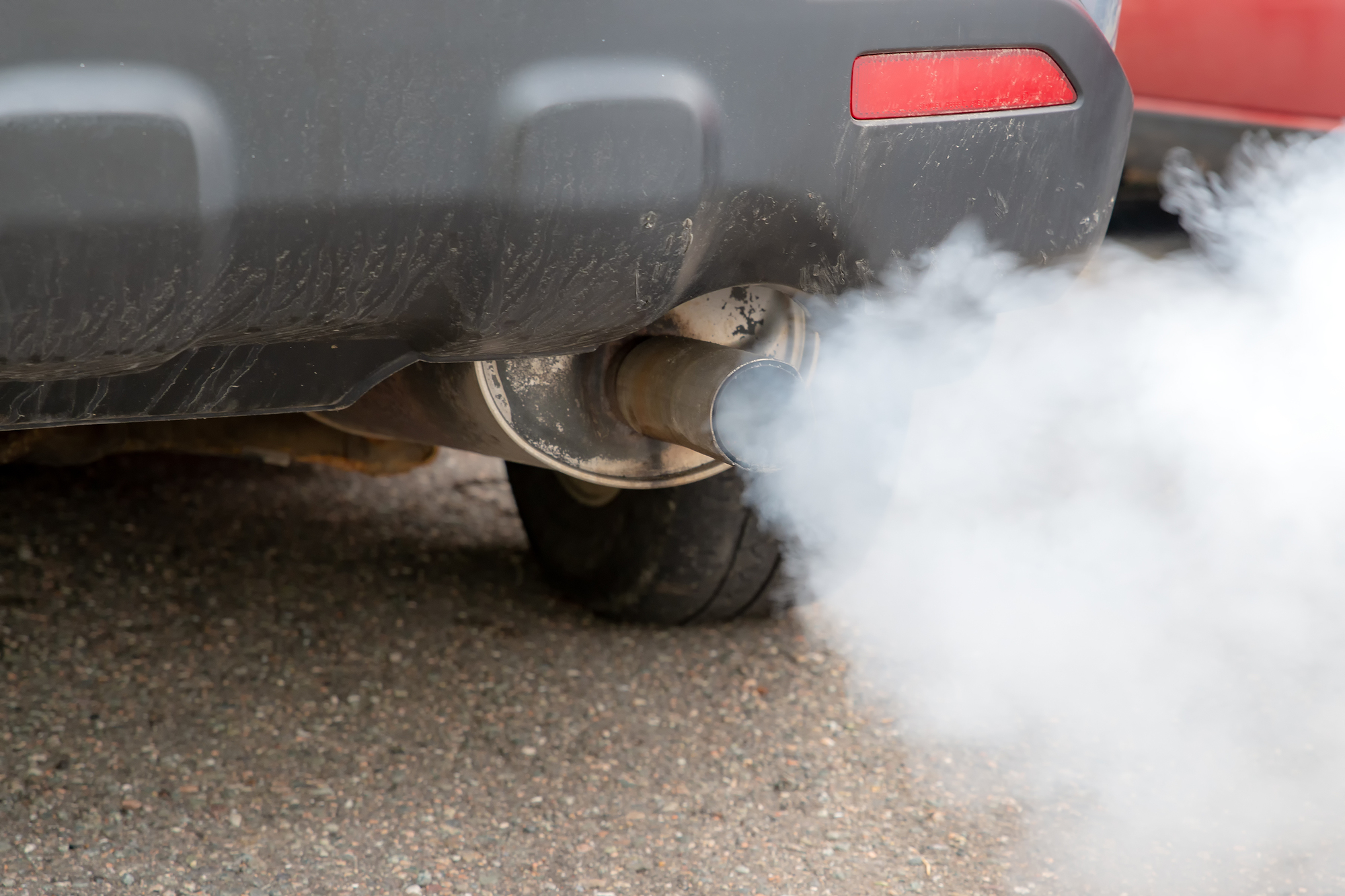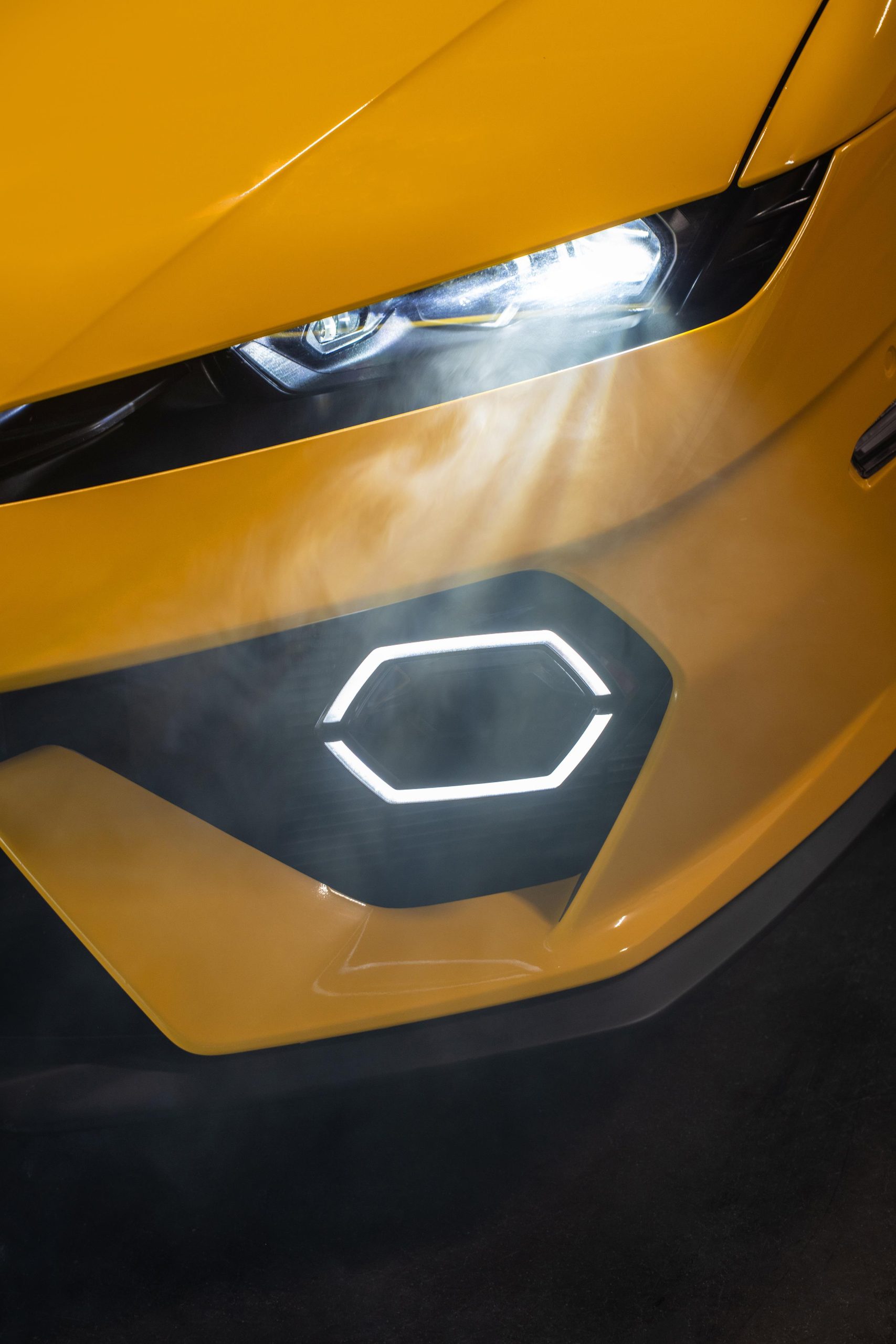How to remove paint scuff from car


Are you tired of staring at those unsightly scuff marks on your beloved car? Well, fear not! Removing paint scuffs may seem like a daunting task, but with the right methods and a little bit of elbow grease, you can make your car look as good as new. From careful attention to precision techniques, we’ll guide you through the steps to remove those pesky scuff marks from your car’s paint without causing any further damage. So buckle up and get ready to give your car the TLC it deserves!
To start with, before attempting to remove the scuff marks from your car’s paint, it is essential to clean the affected area thoroughly with soap and water. Use a microfiber towel to dry the cleaned surface without leaving any moisture behind. One of the most popular methods to remove paint scuffs from a car is by using toothpaste or baking soda mixed with water and applied onto the affected area with a soft cloth. The chemicals in toothpaste help abrade away impurities and restore the shine of your vehicle’s paint.
For slightly more stubborn scuffs, you can try using a specialized product such as rubbing compounds or polishing compounds. These products work effectively by cutting through the damaged layer of paint and smoothing out any imperfections on its surface.
It is important to note that over-rubbing during this process may result in further damage to your car’s clear coat or paint job. Hence it’s vital not to apply too much pressure while working with these materials.
Pro Tip: Always test any product or remedy on an inconspicuous area of your vehicle first before applying it entirely on an exposed section of your car’s exterior.
Understanding Paint Scuffs on Cars
Paint scuffs on cars are a common issue faced by vehicle owners, and they occur due to various factors like contact with hard surfaces or other vehicles. These unsightly marks are more visible on brighter paint tones, and they can lead to rusting if not treated early enough. Paint scuffs may appear different from scratches as they only affect the top layer of paint.
To remove paint scuff from a car, first clean the affected area with soap water and dry it using a microfiber towel. Then use a non-abrasive cleaning agent like rubbing alcohol or white vinegar which breaks down the stain without damaging the car’s paint. Finally, apply a coat of wax or sealant to the clean surface once it dries up for added protection.
It’s essential to address car paint scuffs early before they cause permanent damage to your vehicle. Ignoring these minor marks may lead to larger problems that require extensive repairs. Therefore always inspect your vehicle regularly to spot any imperfections.
A few days ago, one of our clients brought in their car with severe paint scuffs resulting from an accident. We followed our standard procedure for removal, but upon inspection, we noticed that some scuffs ran too deep into the layers of paint texture; thus, we had to repaint the entire bumper for restoration purposes.
Get ready to say goodbye to those unsightly scuffs, because we’re about to make your car look like it just rolled off the showroom floor.
Preparing to Remove Paint Scuffs
To prepare for removing paint scuffs from your car, you need to take a few steps. With this section on “Preparing to Remove Paint Scuffs” with sub-sections “Cleaning the Affected Area” and “Determining the Extent of the Damage,” you will learn the essentials of how to proceed with removing the scuff marks.
Cleaning the Affected Area
To adequately address the scuffs on the paint, you must first attend to cleaning the affected area.
- Start by washing and drying the surface around the scuff mark. This step is crucial since it helps remove any dirt or grime that might be present in the area.
- Next, apply rubbing compound to a microfiber cloth and use circular motions to buff out the scuff marks. Avoid using abrasive cloths or pads as they may further damage your car’s paint job.
- Finish off by wiping away any remaining residue with a clean microfiber cloth. Ensure that you avoid applying too much pressure during this step as it could cause additional damage.
Remember to work carefully and patiently when cleaning scuffs from your car’s paint job. It is also essential to note that using homemade remedies or kitchen-based products such as baking soda, toothpaste, or Magic Eraser could cause additional harm.
Ensure that you store your vehicle correctly if you wish to prevent scuffs in future instances. Regularly waxing your car can also help keep its metallic topcoat looking fresh and new.
Determining the Extent of the Damage
To evaluate the scope of imperfections on the surface, first examine the extent of damage to the paint. Look for any irregularities, scratches or marks that have affected the top layer. By taking this approach, you can determine whether your current method for removing scuffs will be effective and ensure it doesn’t cause any more damage.
Take note of the depth of each mark and gauge its severity by its position on your car’s finish. Shallow blemishes are easily treated with a gentle approach; deeper cuts may require a more rigorous process. By understanding how much effort is needed, you can select a path forward that makes sense for your situation.
In addition to assessing common signs of paint damage, be sure to examine adjacent areas as well. Check whether these exposed sections are likely to experience any kind of degradation over time. This will help you address potential secondary problems before they become much bigger issues.
To remove paint scuffs consider using abrasive materials such as sandpaper or buffing pads with cutting compounds. For less severe marks, try using products specifically formulated to clean and protect against surface imperfections like car wax or polishing compound. Remember to always follow specific guidelines when applying any product in order to minimize further harm.
When it comes to removing paint scuffs, there’s no need to reinvent the wheel – just follow these methods.
Methods of Removing Paint Scuffs
To efficiently remove paint scuffs from your car, this section on ‘Methods of Removing Paint Scuffs’ with sub-sections like ‘Using a Magic Eraser’, ‘Applying Rubbing Compound’, ‘Using a Clay Bar’, ‘Applying Toothpaste’, ‘Using WD-40’, ‘Using Nail Polish Remover’, and ‘Applying Touch-Up Paint’ will provide you with various effective solutions.
Using a Magic Eraser
When it comes to removing unsightly paint scuffs, a Magic Eraser can be your new best friend. Here is a simple guide to help you get started on using this effective method.
- Dampen the Magic Eraser with water but wring out any excess moisture.
- Gently rub the eraser on the scuff mark using circular motions until it starts to disappear.
- Wipe off any residue with a clean, damp cloth.
It’s important to note that while Magic Erasers are safe for most surfaces, they can cause damage if used too aggressively or on delicate materials such as leather or painted surfaces.
When attempting this method, it’s crucial to test a small and inconspicuous area first and use gentle pressure before going all-in on the affected area.
Don’t let paint scuffs ruin your day! Give this handy trick a try and see results in no time.
Applying Rubbing Compound
To remove paint scuffs, applying rubbing compound is an effective technique. Here’s a step-by-step guide to apply rubbing compound:
- Clean the affected area using soapy water and dry it.
- Apply the rubbing compound on a foam pad or microfiber towel.
- Gently rub the scuffed surface until the rubbing compound blends with the car’s paint.
- Wipe off any excess rubbing compound with a dry towel.
- Inspect the area for any remaining scratches or marks. If needed, repeat steps 2-4 until satisfied with the results.
- To finish, apply polish and wax to restore shine and protect the newly cleaned surface from damage.
It is crucial to be gentle while applying rubbing compound as harshness may create additional scratches on your vehicle’s paint. Once applied, it must not be left on for too long else it will appear hazy, making it harder to buff cleanly.
A helpful tip is blending multiple grades of rubbing compounds for deep scratches; this will improve consistency and gradually smoothen out more exceptional cuts.
According to Consumer Reports’ Car Wax Buying Guide, the best long-term solution for removing minor paint marks is by hand-polishing or machine polishing them rather than using spray-on scratch removers with silicone oils that may mix up over time.
Using a Clay Bar
When removing paint scuffs, using a clay bar is an effective method.
- Wash and dry the affected area before using the clay bar. Apply the clay lubricant generously.
- Glide the clay bar over the surface in moderate pressure, horizontally or vertically.
- Wipe off any residue with a microfiber towel after each use.
The clay bar can pick up small contaminants that contribute to paint scuffing hidden in the pores of your car’s finish, which broadens its efficiency.
Don’t wait until paint scuffs are deep-rooted into the finish. Use this simple yet effective process of cleaning up your car today!
Applying Toothpaste
Toothpaste is a well-known household product that can also serve as an effective solution to remove paint scuffs on your vehicle. The abrasives in toothpaste help to polish and buff the affected areas back to their original finish.
Here is a step-by-step guide for using toothpaste-based technique:
- Start by cleaning the area with soap and water to remove dirt and grime.
- Apply a small amount of toothpaste onto the scuffed area, making sure to rub it evenly but gently.
- Using a soft-bristled brush or sponge, scrub the toothpaste into the scuff marks for about 30 seconds.
- Rinse the area thoroughly with water and inspect if there are any remaining blemishes.
- Repeat steps 2-4 until the paint scuffs are completely gone.
It is important to note that while this method may work on minor paint blemishes, more significant damage will require professional attention.
When applying toothpaste, choose a non-whitening formula as it may contain additional chemicals which could damage your car’s paintwork.
Pro Tip: Always use fresh toothpaste instead of using old or expired ones as they may not have adequate abrasive properties.
Using WD-40
If you are looking for ways to remove scuffs from painted surfaces, there is good news. One of the most effective methods of removing paint scuffs is by using a product called WD-40.
Here is a simple 3-step guide that will help you to use WD-40:
- First, clean the affected area with soap and water. You can also use rubbing alcohol or a surface cleaner for better results.
- Next, spray a generous amount of WD-40 onto the affected area and allow it to sit for a few minutes.
- Using a clean cloth, gently scrub the affected area until the scuff mark disappears.
One unique detail about using WD-40 is that it not only removes scuff marks from painted surfaces but can also be used on other surfaces like plastic, metal and even glass.
Pro Tip: Always test any products on an inconspicuous area before using them to avoid causing further damage.
Using Nail Polish Remover
When it comes to removing unsightly paint scuffs, Using Nail Polish Remover is a common household solution.
Here’s a simple 3-step guide:
- Apply a small amount of nail polish remover onto a clean cloth or cotton ball.
- Gently rub the affected area in a circular motion until the scuff disappears.
- Rinse the area with water and dry with a clean cloth.
It’s important to note that this method should only be used on surfaces that are not easily damaged by solvents, such as metal or plastic.
For best results, try using an acetone-based nail polish remover as it has stronger solvent properties and can be more effective at removing stubborn scuffs.
Don’t miss out on removing those pesky paint scuffs from your surfaces. Give this method a try for quick and easy results!
Applying Touch-Up Paint
Repairing paint scuffs on your vehicle is essential to maintain its visual appeal and value. One way of fixing these blemishes is by applying touch-up paint. Here’s how:
- Clean the affected area with soap and water, and let it dry completely.
- Sand the scuff gently with fine-grit sandpaper until it is smooth.
- Apply a high-quality auto primer thinly and evenly onto the area.
- Using a small brush, carefully apply touch-up paint to match the existing color, waiting for each coat to dry before applying another layer.
- After coating several times, let it dry for at least 24 hours.
- Finally, finish off by using polishing compound or wax.
Be sure to follow safety guidelines throughout the process, such as wearing gloves, goggles, and protective clothing.
To ensure long-lasting results, avoid washing or exposing your car to extreme temperatures within 30 days after refinishing.
Touch-up painting provides a cost-effective solution to minor aesthetic imperfections that can tarnish your car’s beauty.
Fun Fact – The first automobile was produced in 1885 by Karl Benz in Germany and used barely enough gas to start its engines; however, technology has come a long way since then!
Professional Help for Removing Paint Scuffs
To get a flawless finish on your car, you might need professional help for removing paint scuffs with two solutions – seeking a professional detailer or seeking help at a body shop. In this section, we’ll discuss these two options to help you understand which one is suitable for your requirements.
Seeking a Professional Detailer
Finding an expert detailer for removing paint scuffs can be a hassle, but it is the best option to ensure the job is done right. A professional detailer possesses the knowledge, chemicals and equipment required to repair the damaged paint surface without harming the underlying layers or using harmful products like household cleaners. Besides, a specialist detailer also saves you time and effort while ensuring excellent results.
To seek out an experienced detailing service provider:
- Look for experience and expertise in car restoration services
- Ask for references from past clients
- Check online reviews and ratings
- Inquire about specific techniques and tools they use
As comprehensive as these guidelines might seem, bear in mind that not all scour marks are created equal. Each one requires a tailored solution to preserve the condition of your vehicle’s paint, which is why seeking professional help guarantees worthwhile returns on investment.
Pro Tip: Regular waxing sessions lengthen your car’s lifespan by preventing paint imperfections from causing long-term damage.
Seeking Help at a Body Shop
When considering the removal of paint scuffs, seeking assistance at a professional auto body shop can be a wise decision. These facilities possess advanced equipment and skilled technicians who can precisely remedy any damage. Experienced professionals can inspect the degree of scuffing and determine the best method to remove it without affecting the natural car finish.
Technicians at such body shops may use various techniques like machine polishes, sanding, or buffing based on the condition of the scuffed area. They’ll clean, mask, sand and prep, paint or touch up as required to restore your vehicle’s previous appearance while maintaining quality standards. Trustworthy services claim to remove paint scratches effectively without harshly damaging other parts.
When visiting an auto body shop for removing paint scuffs, pay attention to their certifications and customer reviews first. Don’t hesitate to ask for referrals. Many ASE-certified body shops employ skilled workers have undergone comprehensive training sessions and are well equipped with technical understanding and expertise in repairing all types of vehicles—minor or extensive repairs that correspond with warranty measurements.
For those unsure where exactly they need help with will benefit from making notes before visiting an auto body shop; essential items like degree of damage, location should be noted down correctly; take good quality pictures if necessary.
One assessment worth keeping in mind is requesting multiple quotes to avoid overspending on repairs unnecessarily; this will help keep track of expenses alongside comparing prices between different service providers nearby while identifying suspicious schemes.
Preventing Future Paint Scuffs
To prevent future paint scuffs on your car after removing them, use the following solutions with the sub-sections of using protective products, being careful during driving and parking.
Using Protective Products
Prevent Scuffs with Protective Measures:
Using protective products can prevent scuffs and scratches on painted surfaces. Here are six effective protective measures:
- Apply a clear coat to the paint after it dries.
- Wax your car regularly to maintain the shine and protect from damage caused by UV rays & contaminants.
- Use a paint protection film to shield the surface from scratches and chips.
- Clean your car’s surfaces using only specialized car detailing brushes.
- Avoid parking in areas where there is likely to be scratching or scuffing, like shopping carts or bike racks.
- Install rubber bumpers around surfaces that are commonly bumped or rubbed against to prevent contact with hard objects.
A Few More Considerations:
Be mindful of how hard you slam doors, as even small impacts can cause serious damage over time. It’s also important to check the weather outside before heading out since rain, snow, and road debris can quickly damage even the edges of surfaces.
Extra Suggestions:
It’s always better to take some extra precautions instead of waiting for something costly to happen. Regular inspections help keep your car looking its best! Similarly, never skimp on high-quality detailing products – Saving a few bucks here will cost you a lot more down the road. Drive as if your car is made of glass and your wallet is made of tissue paper.
Being Careful During Driving and Parking
One way to avoid future paint scuffs is by practicing attentive driving and parking. By being mindful of surroundings and minimizing sudden movements, drivers can decrease the likelihood of inadvertently scraping or bumping into objects. Paying attention to designated parking spaces, including avoiding tight spots, can also help prevent accidental damage.
Another important aspect of careful driving and parking is not relying solely on technology such as cameras or sensors. While they are helpful aids, it’s essential to remain aware of other obstacles and view these tools as supplements rather than substitutes for good judgment.
To further prevent potential paint scuffs, consider investing in protective accessories such as bumpers or door guards. Additionally, washing the car regularly can help remove any debris or dirt that could potentially cause scratches over time. By taking a proactive approach to vehicle maintenance and driving safely, anyone can keep their car looking its best for years to come.
How to remove paint scuff from car: Key Takeaways
Starting with some ways to remove paint scuff from car, there are several effective methods. Cleaning the affected area with a microfiber cloth and soap water is the most straightforward way. Another way is by using toothpaste or baking soda mixed with water. These household items work well in tackling small paint scuffs.
Moving forward, other alternatives include rubbing alcohol, WD-40, and clay bar. These products can be purchased at any auto parts store and are effective in removing stubborn paint scuffs. However, caution should be taken while working with these products as they might cause further damage if not handled properly.
It’s worth mentioning that prevention is better than cure. One of the best ways to avoid paint scuffs is by regularly washing your car using only gentle cleaning products specifically designed for cars.
How to remove paint scuff from car: Frequently Asked Questions
1. How did the paint scuff happen and why is it important to remove it from my car?
The paint scuff is caused by a collision with another car, a wall, or any other object. It is important to remove it from your car as it can lead to further damage, rusting, and corrosion if left untreated.
2. What are the ways to remove a paint scuff from my car?
You can try using rubbing compound, wax, or a polishing compound to remove the paint scuff. Additionally, you can also use a scratch-removal kit or take your car to a professional for detailing.
3. Can a paint scuff be removed at home without professional help?
Yes, you can remove a paint scuff at home using common household items and products such as rubbing alcohol, baking soda, and toothpaste. However, for larger or deeper scuffs, it is best to seek professional help.
4. What precautionary measures should I take before removing a paint scuff from my car?
Before trying to remove a paint scuff from your car, make sure to clean the affected area with soap and water. You should also wear gloves and protective eyewear to prevent any damage to yourself.
5. Will removing a paint scuff from my car affect its resale value?
No, removing a paint scuff from your car will actually increase its resale value. A car with a well-maintained exterior will fetch a higher price in the resale market.
6. Can a paint scuff be prevented in the future?
Yes, you can avoid paint scuffs by practicing safe driving, avoiding collisions, and parking your car in a safe and protected area. You can also apply a protective layer of wax or clear coat to your car’s exterior to prevent damage.











[…] was first introduced at an auto body shop in Glendale, Arizona, where workers found it useful in removing bumper stickers off cars without damaging the paint job. Today this technique has been widely used even as an alternative way to remove bags from your […]
[…] Bar Treatment: Removing contaminants from the paint surface to make it […]
[…] Removing car wax is an essential task for car owners who want to maintain their vehicle’s shin…. To remove excess wax, gently rub a microfiber towel over the surface in small circular motions. It is crucial not to apply too much pressure as it can scratch or damage the paint. You can also use detailing clay bars, which help remove any stuck-on residue in hard-to-reach areas. Remember to thoroughly rinse the car after removing the wax residue. […]
[…] addition to providing a brilliant shine, using a polishing compound can extend the life of your car’s paint job by removing contaminants that could potentially cause damage over […]
[…] on your car, one option is to buff them out. This technique involves using an abrasive compound to remove the top layer of paint and smooth out the […]